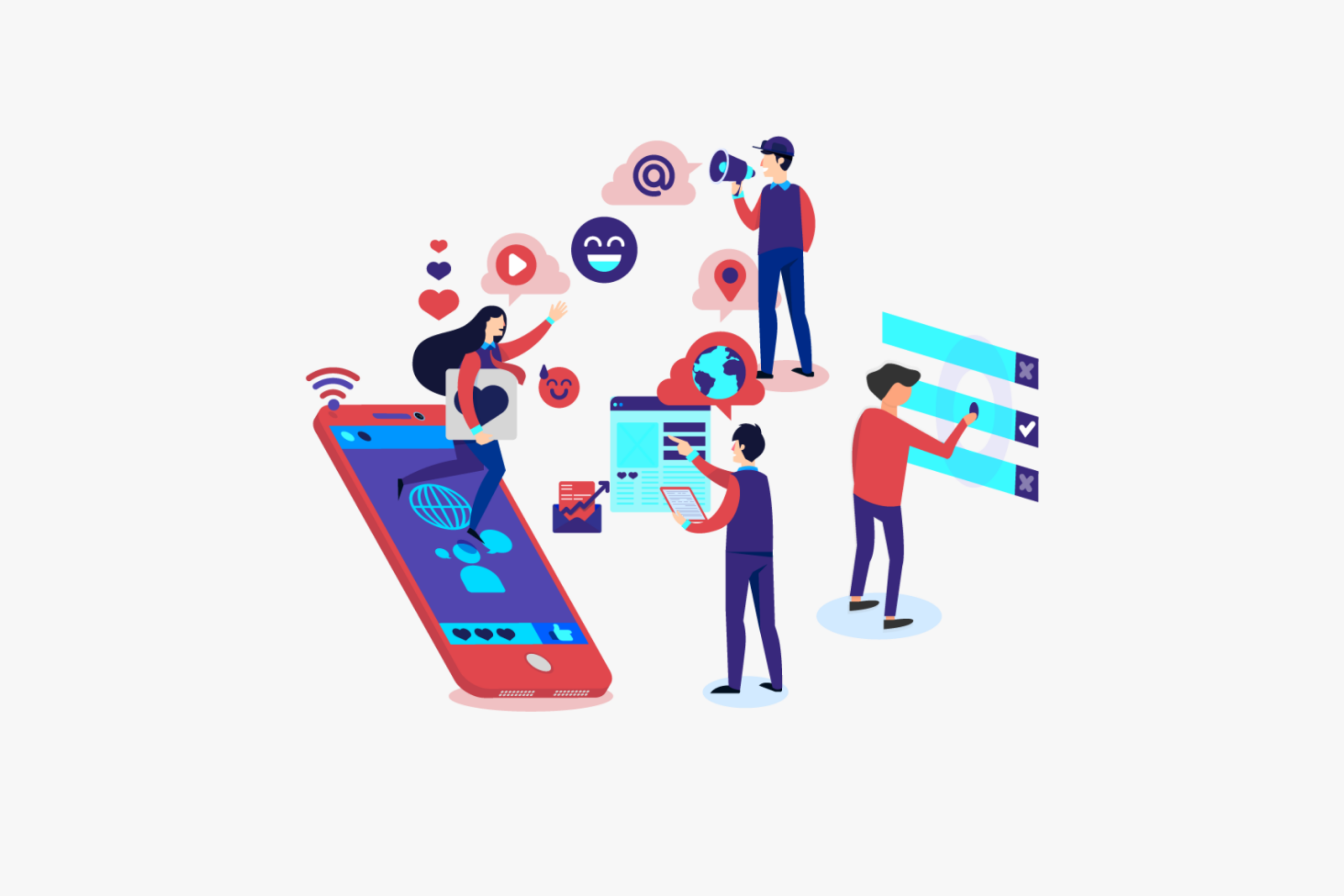This autumn, the next cohort of women will start Socitm’s empowering women in IT programme. Rebecca Hill finds out how the society wants to promote female tech role models as part of PublicTechnology’s diversity in tech series.
Participants on Socitm’s course say they feel more confident in situations that used to be daunting – Photo credit: Flickr, reynermedia
Last year, Nadira Hussain, head of ICT at Tower Hamlets Borough Council in London, decided to use her year’s presidency of Socitm to boost the gender balance within the organisation – which represents local government IT professionals – and support women starting out in tech careers.
“I wanted to improve the diversity of the society itself as well as more widely across the sector and the profession,” she says.
To address this, she helped set up the Socitm Women in IT group, which aims to help tackle the poor representation of women in IT, especially at decision-making levels, and provide a forum for women to share problems and share solutions.
Related content
Home Office developer: Departmental culture is excellent for women
Championing gender diversity at GDS
Editor’s letter: Why diversity should be a major part of our coverage
In August 2015, just a month before the group launched, Hussain says there was around a third of women on management teams.
Although she is quick to say that there is “more work to do in this area”, Hussain says there has been a “radical change in the make-up of the professional society” and that the most recent conference, held in spring, was “our most diverse yet”.
The group meets every six months to discuss problems and sessions will often include interactive sessions looking at particular issues.
As part of the group’s work, it has established two awards (nominations for which will open at the end of this month) – one for a female role model or leader and the other for an enthusiastic female newcomer.
In addition, it runs a mentoring programme and has set up the Empowering Women in the Digital World Programme, which aims to help female IT professionals develop their leadership skills.
Empowering women
The programme, which is about to run for the third time, provides training, a discussion forum, one-to-one coaching and networking opportunities for women in the field.
The programme offers participants – usually about 25 people per cohort – three days of training over the course of a couple of months, interspersed with coaching and mentoring in the interim.
Initially, says Hussain, the three days were all separate, but in the most recent cohort, they were divided into a two-day residential and one single day later on.
“That does provide economies of scale and savings on travel, but mainly it allows more interaction and opportunities to discuss and reflect,” she says.
Corinne Stratton, research and policy manager at Socitm, took part in the first programme, and agrees that having two days back-to-back will boost the bond between the participants.
It’s clear that this trusting environment was crucial to her positive experience of the course.
“The main thing is that it’s a very safe space – the first thing you do is agree to leave judgement, prejudice and stresses at the door and talk about your experiences honestly,” she says.
“I was quite low level at the time, and I was a bit daunted by the fact that the course was aimed at a [more] senior level,” Stratton says. “But you share your experiences of work and you realise everybody has the same kinds of problems.
“That was really nice, and a good confidence boost for me, to see what I had in common with these senior women.”
During the training days, participants discuss specific problems and help each other solve them, which Stratton says offers “a lot of out-of-the-box solutions”.
But it was the coaching sessions – which were carried out on a one-to-one basis over Skype in between the training days – that Stratton liked the most.
“I found it really beneficial. It was a chance to spend an hour talking about the issues you’re facing at work – maybe you’re boss has spoken to you like this, which reminds you of X and makes you feel Y – and you try and unpack those feelings,” she says.
Inspiring confidence
Hussain says that participants can take the solutions they generate on the course away, and that many implement them in their jobs. In addition, they also form a support network that lasts beyond the cohort, as well as creating a larger group of all the participants.
But, it’s clear that she is most pleased by the confidence boost the course seems to inspire in its participants.
“These people have said they are insular or nervous of making presentations to others,” she says. “Just to see that level of confidence boost has been extremely satisfying.”
Stratton agrees, saying she felt better prepared to lead workshops and presentations. She also puts the promotion she received after taking the course down to her newfound confidence.
“I went to speak to a conference about my experiences, and that was a real leap for me and took a lot of effort to do,” she says. “Because I was able to show my confidence was growing, they were able to [trust I’d be up to] the new job.”
Next steps
Although Stratton says that it was good that the course provided a safe space for women to talk about their problems – “automatically you have something in common” – she hopes it will be broadened out.
“I would like to see Socitm extend it to men,” she says. “I’m encouraging all the people in my team to take it!”
And Hussain says that the Women in IT group is also hoping to encourage more younger women into the profession. It is undertaking outreach work with schools and collaborations with various Science, Technology and Engineering initiatives.
“Hopefully, it will make it more comfortable for women and ensure young people have chance to progress their careers,” says Hussain. “And also to show that there is an equality of opportunity, and diversity.”



